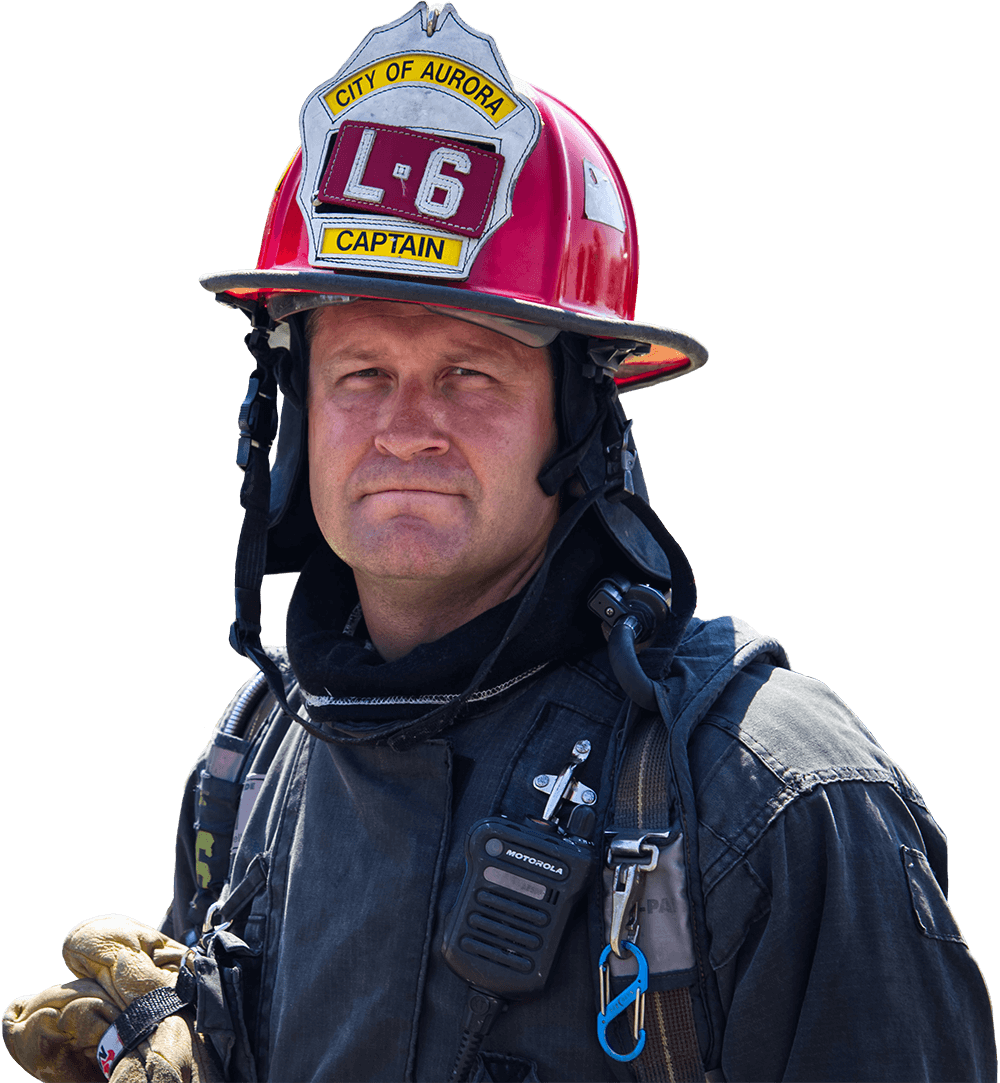The human face is often the first thing you recognize when meeting someone. When there is a disfiguring injury, it is difficult to see. As first responders, we must overcome that difficulty and put aside the shock and start to assess your patient. In this course, we'll discuss facial anatomy and physiology, how to anticipate injuries by recognizing the mechanism of injury, and hidden associated injuries and hidden bleeding. You'll get practice in setting priorities in patient care when facial injury is involved and anticipating changes in your patient's condition during treatment and transport will make a difference in your patient's outcome.
Course Type: Full-length Course
Course Duration: 60
The human face is often the first thing you recognize when meeting someone. When there is a disfiguring injury, it is difficult to see. As first responders, we must overcome that difficulty and put aside the shock and start to assess your patient. In this course, we'll discuss facial anatomy and physiology, how to anticipate injuries by recognizing the mechanism of injury, and hidden associated injuries and hidden bleeding. You'll get practice in setting priorities in patient care when facial injury is involved and anticipating changes in your patient's condition during treatment and transport will make a difference in your patient's outcome.
Course Type: Full-length Course
Course Duration: 60

